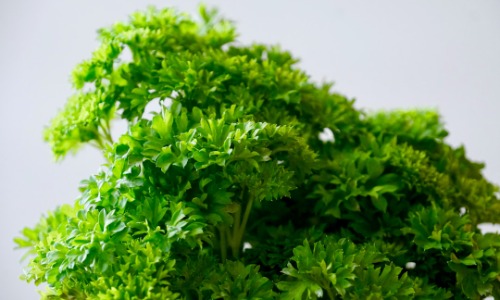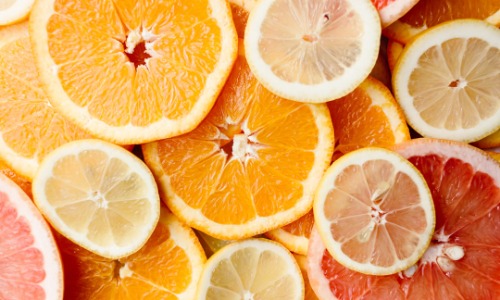Hidden Sugars: How to Spot Them and Make Smarter Food Choices
Introduction:
In today’s modern food landscape, sugar seems to lurk in almost every corner of the grocery store, hiding in unsuspecting products and contributing to excess sugar consumption in our diets. While we’re often vigilant about avoiding obvious sources of sugar like candy and soda, hidden sugars can stealthily sneak into our meals, sabotaging our efforts to eat healthily. In this article, we’ll uncover the truth about hidden sugars, learn how to spot them on food labels, and discover strategies for making smarter food choices to reduce sugar intake and support overall health.
- Understand Different Names for Sugar:
Sugar can masquerade under various aliases on food labels, making it challenging to identify its presence. Look out for terms like high fructose corn syrup, cane sugar, agave nectar, fruit juice concentrate, dextrose, maltose, and sucrose, among others. By familiarizing yourself with these alternative names for sugar, you can better recognize hidden sugars in packaged foods and beverages. - Check Ingredient Lists:
When scanning food labels for hidden sugars, pay close attention to the ingredient list, as sugars are often listed under different names. Ingredients are listed in descending order by weight, so if sugar or one of its variants appears near the top of the list, it indicates a higher sugar content in the product. Opt for products with minimal added sugars and prioritize whole foods with simple, recognizable ingredients. - Beware of Sneaky Sources:
Hidden sugars can lurk in a wide range of foods, including seemingly “healthy” options like yogurt, granola bars, salad dressings, and flavored beverages. These products may contain added sugars to enhance flavor or prolong shelf life. Be discerning when selecting packaged foods and opt for unsweetened or lightly sweetened varieties whenever possible. Choose whole, minimally processed foods to reduce your exposure to hidden sugars and prioritize nutrient-dense options. - Focus on Whole Foods:
One of the most effective strategies for minimizing hidden sugars in your diet is to prioritize whole foods in their natural state. Fresh fruits, vegetables, lean proteins, whole grains, nuts, and seeds are inherently low in added sugars and offer a wealth of essential nutrients, fiber, and antioxidants. By building meals around whole foods and minimizing reliance on processed and packaged products, you can significantly reduce your sugar intake and support overall health. - Practice Mindful Eating:
Mindful eating involves being present and attentive to your food choices, sensations, and eating habits. By tuning into your body’s hunger and fullness cues, you can make more conscious decisions about what and how much you eat, reducing the likelihood of mindlessly consuming sugary snacks and treats. Take time to savor and enjoy your meals, chew slowly, and pay attention to how different foods make you feel physically and emotionally.
Conclusion:
Hidden sugars can pose a significant challenge to maintaining a balanced and nutritious diet, but armed with knowledge and mindful eating practices, you can make smarter food choices and reduce your sugar intake. By reading food labels, choosing whole foods, and being mindful of sneaky sources of sugar, you can take control of your diet and prioritize your health and well-being. Remember that small changes add up over time, so start by making gradual adjustments to your eating habits and celebrate progress towards a healthier, sugar-conscious lifestyle.










